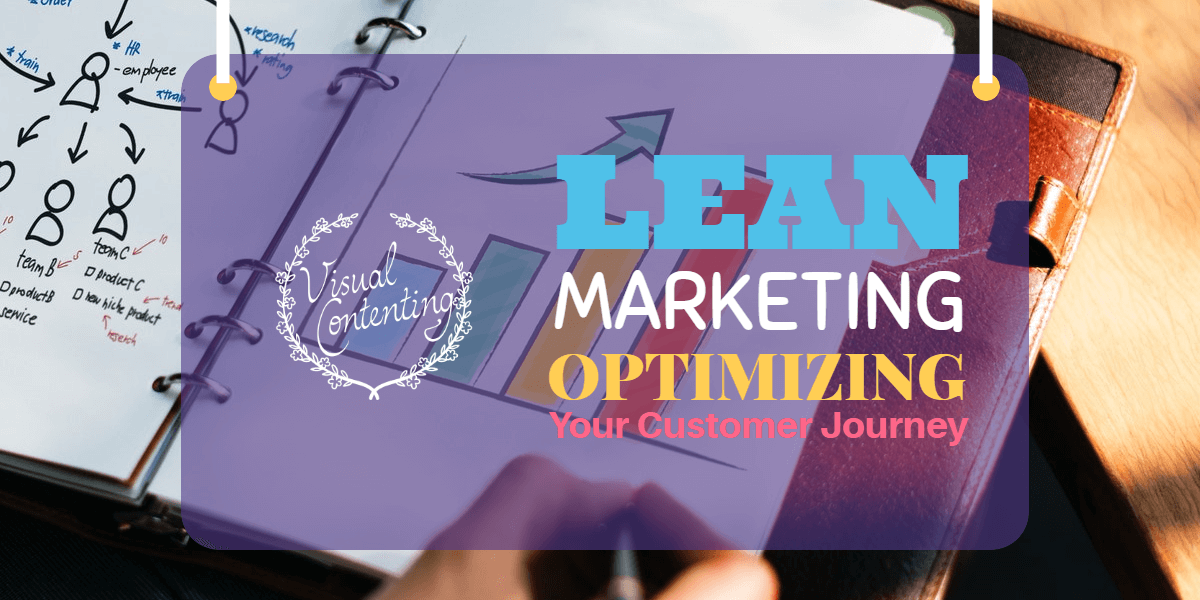Building a bridge between name recognition and customer trust requires ongoing efforts and consistency. First impressions matter. Your advertising efforts should begin with putting your audience at the center of everything you do.
Your story is the heart of why you started your business and what your vision is. Any efforts to build trust should start with transparency about these goals. If consumers don’t believe what you say, they aren’t going to rely on you to meet their needs.
How Can Advertisers Build Trust With Their Target Audience?
Forrester recently made some predictions for 2023, stating organizations that maintain trust with customers will thrive over those that don’t. Experts also feel trust in consumer technology will decline 15%, partly due to cybersecurity breaches and because people are more familiar with the software at this point.
Does your marketing tell a story your target audience wants to hear? Put yourself in the shoes of the buyer. Why should they care what you have to say? You want them to feel you understand what they’re going through.
Explore eight of the best ways to build trust with your customers through your advertising.
1. Know What You Stand For
Start by figuring out why you started your business and what your mission is. Until you know what you stand for, it’s hard to know what message to send to your potential customers. Take the time to think through the objectives you had in the early stages of building your brand.
Talk to your employees and leaders in your company. Pick up the phone and chat with your top customers about what they see as your mission. The things you care about may not be the same things your clients care about. Make sure your company persona matches user expectations.
2. Be Honest
Honestly is always the best policy. The last thing you want to do is damage your reputation with your client base. In 2022, Credit Karma had to respond to an FTC complaint about deceptive advertising leading people to apply for pre-approved credit cards. The accusation alleges the wording made consumers think they'd be approved, when in reality there was no guarantee. The result was a hard inquiry on their credit reports, all while consumers claim the company buried disclaimers so they were difficult to find. The result left some of their users feeling lied to and used.
For every individual who no longer trusts your brand, they have friends and family members who may also no longer want to do business with you. Negative word-of-mouth marketing spreads like wildfire. The damage to your brand image can be a challenge to overcome.
3. Admit Your Mistakes
As your business grows, you’ll inevitably make missteps along the way. However, admitting them and fixing them shows consumers can trust you to do the right thing. Don’t try to brush it under the rug. Admit what you did wrong and explain how you’re fixing it. People will respect your business more when you admit to being human.
You also get ahead of negative press by being in control of the narrative. Instead of your competition or news media pointing out where you went wrong, you get to explain it in your own language.
4. Engage Users
Do you feel more positive toward someone who listens to what you have to say and encourages your input or someone who ignores you? Top brands often engage users on social media by responding to posts and asking questions to get a discussion going.
Think through your typical buyer’s pain points. How can you address the issue and offer a solution through your content and social media interactions? Even a complaint gives you an opportunity to make a connection and show you can be trusted to offer excellent customer service.
5. Tap Into the Power of Artificial Intelligence (AI)
AI gives retailers an opportunity to personalize advertising messages. For example, you'll find tools that tap into past buying or browsing history to send current offers to consumers. Machines today have the capability to track behaviors and make predictions on future purchases.
Use public cloud information to figure out what trust factors are most important to your target audience. Will they respond best to a discount or a money-back guarantee? How crucial is the customer experience to your users?
Small businesses often don’t have the manpower or time to spend on analytics. AI reduces the need for staff and provides even startups with the tools they need to create the right message to reach the customers they most want to attract.
6. Standardize Your Brand Story
Who do your customers think you are? Do you share the same message with leads as you do with people you’ve done business with for many years? Your brand story should be consistent across all platforms and all your audience segments.
Figure out the key points that all your customers have in common. If you strive to provide the highest quality in the industry, all of your clients will appreciate how well your product performs. On the other hand, if you focus too narrowly on a single feature, parts of your audience may be unaffected and not care.
While your brand story shouldn’t be generic, it should be broad enough to cover all types of clients. If you try to be everything to everyone, you’ll come across as wishy-washy at best. Instead, hone in on who you are and how you can help all of your audience segments. Repeat the message over and over.
7. Seek Positive Feedback
In a survey of over 36,000 respondents, Edelman's Trust Barometer showed people still don't trust traditional media, with only 37% trusting social media reports. If you want to gain customer trust, they need to hear proof of why your company is great from their peers.
Ask happy customers to add reviews to various third-party sites. You can provide the link and ask them to add a review in their own words — but never pay them for a positive review or tell them how many stars or ranking points to give you.
You can also seek client testimonials to share on your website. Adding a video where a satisfied customer shares how your product or service helped them is a powerful statement for others considering trusting you to solve their problems.
8. Embrace Social Responsibility
As a business, be authentic about the causes you support and why you care about them. If you can find something that relates to what you do, the message is even more powerful. For example, if you sell bottled water, you could start a campaign to clean up local waterways in your town.
While it’s good to find something you and your employees care about, tread with caution if it’s a controversial topic. It does little good to please some of your customers and displease others. Politics and hot-button topics are probably best to stay away from unless you’re certain the majority of your client base will get on board.
Hone Your Message
Every piece of advertising, content or comment you make online or in person should have the same message. Once you know what you stand for and how you make a difference in the lives of your customers, it becomes easier to create marketing campaigns geared to build trust and attract like-minded consumers.
Related Posts
Devin Partida writes about topics concerning tech and the internet. She is also the Editor-in-Chief of ReHack.com.







